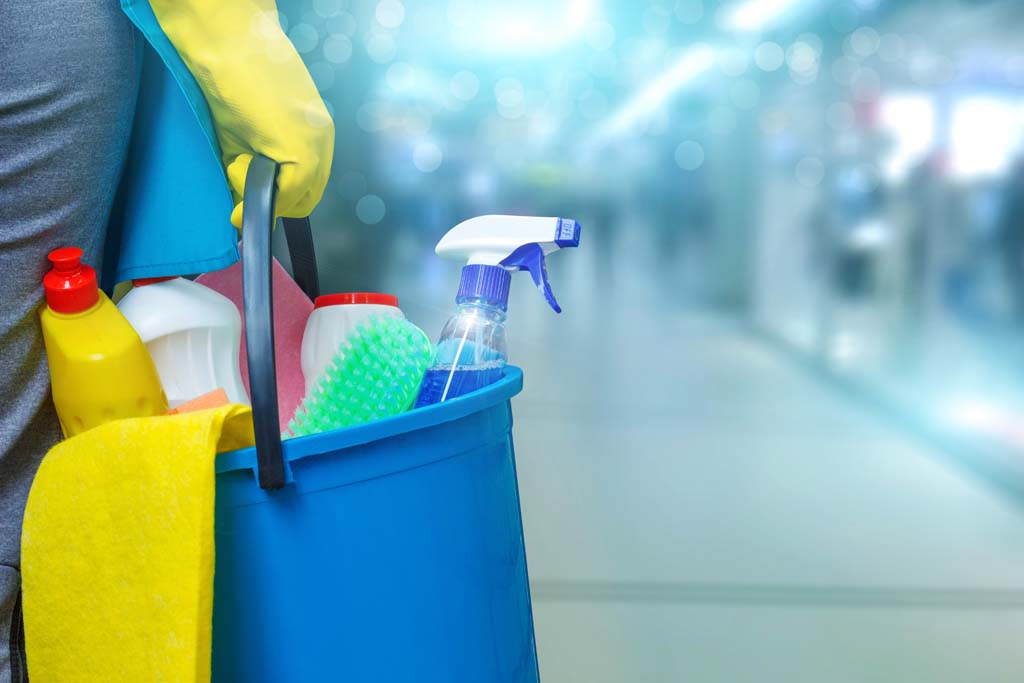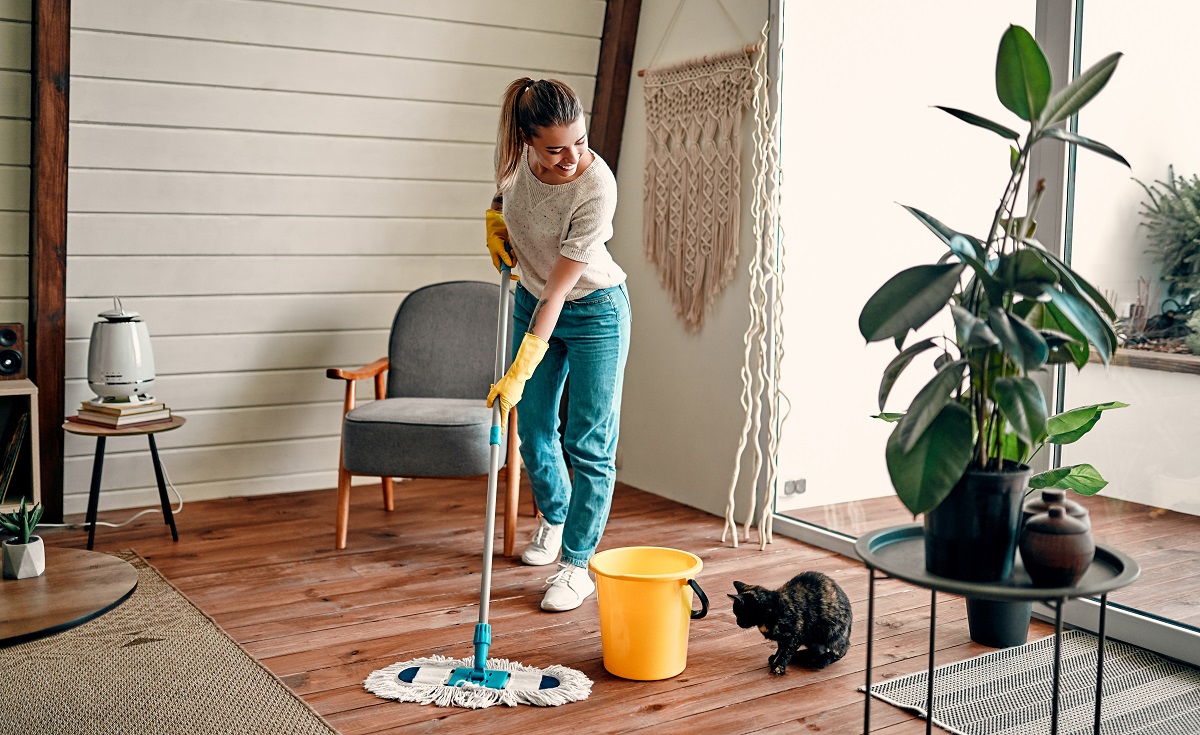Reliable Everyday Cleaning Methods: Best Practices for Defrosted and Cleaned Every Few Months
Reliable Everyday Cleaning Methods: Best Practices for Defrosted and Cleaned Every Few Months
Blog Article
Understanding the Demand for Extensively Disinfecting and Sterilizing Regularly Touched Surface Areas in High-Traffic Areas
In the realm of public health and wellness and safety, the meticulous sanitation and sanitization of frequently touched surfaces in high-traffic areas stand as paramount measures in preventing the spread of hazardous pathogens. The importance of this technique prolongs far past simple cleanliness, diving into the realm of disease avoidance and community wellness. By exploring the various aspects of surface sanitation, from the dangers linked with ignoring cleaning protocols to the reliable methods that can be used, a clearer understanding emerges of the essential role these techniques play in protecting public wellness. As we browse this discussion, it comes to be apparent that the ramifications of detailed surface disinfection reverberate not only within the confines of a details environment however additionally resonate on a wider scale, influencing the health and wellness of individuals throughout varied communal setups.
Value of Surface Sanitation
Highlighting the extensive sanitation of high-traffic surface areas is critical in maintaining a hygienic atmosphere and avoiding the spread of hazardous pathogens. High-touch surface areas such as door manages, light buttons, elevator switches, and counter tops function as breeding premises for germs and infections. Routine disinfection of these surfaces is important to decrease the threat of contamination and transmission of ailments.
By executing a robust sanitation protocol, institutions and businesses can produce a much safer atmosphere for staff members, consumers, and visitors. Appropriate surface area sanitation not only reduces the spread of infectious diseases but likewise infuses confidence in the cleanliness and safety of the facilities. This proactive strategy shows a commitment to health and wellness and health, which is specifically essential in high-traffic areas where the likelihood of exposure to virus is heightened.
Furthermore, surface area disinfection plays an important function in total infection control techniques. Combined with hand hygiene techniques, using masks, and preserving physical distancing, detailed disinfection of high-touch surface areas creates a detailed protection against the transmission of damaging microbes. Prioritizing surface sanitation is a vital component of an alternative technique to health and wellness in shared areas.
Threats of Overlooking Cleaning Practices
Overlooking thorough disinfection of high-traffic surfaces considerably heightens the risk of bacterial and viral contamination, presenting a severe threat to the health and wellness of individuals often visiting these rooms. Failure to carry out correct cleansing methods can lead to the build-up and spread of harmful virus, consisting of infections and germs, on frequently touched surface areas such as doorknobs, hand rails, lift buttons, and counter tops.

In addition, neglecting the significance of extensive cleansing not just compromises the well-being of people but also undermines efforts to keep a clean and hygienic atmosphere. It is crucial to identify the relevance of correct sanitation protocols in stopping the spread of infections and guarding public health.
Reliable Sanitation Approaches
To keep optimum tidiness and minimize the danger of contamination on high-traffic surfaces, utilizing efficient disinfection approaches is vital. One of one of the most efficient and typical sanitation approaches is utilizing chemical disinfectants. These products can vary in toughness and composition, with some targeting particular pathogens like bacteria or viruses. It is essential to adhere to the manufacturer's guidelines for proper dilution, contact time, and ventilation when using chemical anti-bacterials to ensure their effectiveness - Everyday cleaning.
One more effective technique is using UV-C light. UV-C light has been revealed to be reliable in eliminating a vast selection of microorganisms by disrupting their DNA structure, hence stopping them from replicating. However, it is vital to make use of UV-C light effectively, ensuring that the correct strength and exposure time are put on accomplish the wanted sanitation outcomes.
Furthermore, using vapor cleaning as a sanitation method can be extremely efficient, specifically on surface areas that are heat-resistant. Heavy steam can pass through porous surfaces and kill bacteria, infections, and other pathogens effectively. When using heavy steam cleaning, it is important to make sure that the surface area reaches the required temperature for a sufficient amount of time to assure appropriate sanitation.
Influence On Public Health
The upkeep of high criteria of cleanliness and disinfection on high-traffic surface areas plays a vital function in securing public wellness. Often touched surface areas in locations with high step, such as doorknobs, hand rails, lift buttons, and restroom facilities, offer as breeding premises for damaging virus.
In high-traffic areas like airport terminals, institutions, healthcare facilities, and public transport systems, the effect of strenuous disinfection actions can not be downplayed. Prioritizing the sanitization of frequently touched surface areas is an aggressive strategy to advertising public health and wellness and improving the safety and security of individuals in shared rooms.
Implementing Routine Cleaning Procedures
Immediately setting up and sticking to a consistent timetable of cleansing protocols is critical for maintaining the sanitation and safety and security of high-traffic surfaces. Normal cleaning methods are vital in avoiding the buildup of germs and virus on frequently touched surface areas, specifically in areas with high foot website traffic. By carrying out a systematic approach to cleansing, companies can effectively decrease the danger of illness transmission and create a healthier environment for workers, see clients, and the public.
To develop a reliable cleansing schedule, it is essential to recognize high-traffic locations that require constant focus. These locations may include doorknobs, handrails, elevator buttons, bathroom facilities, and shared devices. Implementing a regular cleansing regimen that targets these surfaces multiple times a day can significantly lower the spread of hazardous germs and viruses.
Furthermore, utilizing ideal cleaner and anti-bacterials is essential to ensuring that surface areas are extensively disinfected. Normal training of cleaning personnel on appropriate cleaning strategies and the value of adherence to the cleansing routine is also vital in preserving a sanitary environment. By prioritizing constant cleansing methods, companies can promote the wellness and well-being of people that communicate with these high-traffic surface areas.

Conclusion
Finally, it is essential to look at this site focus on thorough disinfection and sanitization of frequently touched surface areas in high-traffic areas to avoid the spread of unsafe pathogens and keep public health and wellness. Disregarding appropriate cleansing methods can enhance the threat of contamination and transmission of conditions. By applying routine cleaning procedures and making use of reliable disinfection techniques, we can create a much safer environment for everyone (Everyday cleaning). It is necessary to recognize the significance of preserving tidy surfaces in high-traffic areas to make certain the health of the community.
In the realm of public health and safety, the meticulous disinfection and sanitization of regularly touched surface areas in high-traffic areas stand as paramount procedures in protecting against the spread of harmful virus. By checking out the different aspects of surface area disinfection, from the risks associated with neglecting cleaning you could try this out procedures to the reliable approaches that can be employed, a clearer understanding arises of the crucial role these techniques play in protecting public health.Furthermore, employing heavy steam cleansing as a disinfection technique can be extremely reliable, especially on surfaces that are heat-resistant. When making use of vapor cleansing, it is crucial to ensure that the surface area gets to the required temperature level for a sufficient amount of time to guarantee proper disinfection.
In conclusion, it is critical to prioritize detailed sanitation and sanitization of regularly touched surfaces in high-traffic locations to prevent the spread of hazardous virus and keep public health.
Report this page